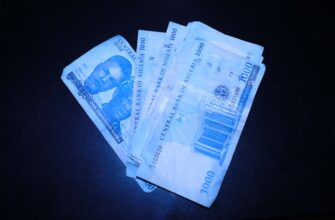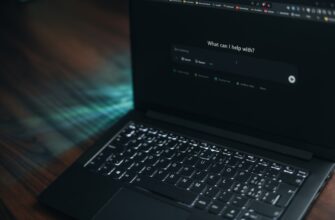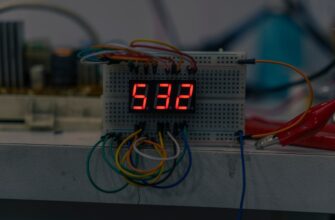What is Dollar-Cost Averaging (DCA) and Why Use It for SOL?
Dollar-cost averaging (DCA) is an investment strategy where you regularly buy fixed dollar amounts of an asset—like Solana (SOL)—regardless of price fluctuations. This method smooths out volatility by spreading purchases over time, reducing the impact of market timing. For SOL, a cryptocurrency known for rapid price swings, DCA minimizes emotional decisions and leverages market dips. KuCoin, a leading crypto exchange, offers the ideal platform for manual DCA execution with its user-friendly interface and robust SOL trading pairs. Using a 1-hour timeframe intensifies this approach, allowing precise entry points during short-term trends while maintaining long-term discipline.
Setting Up Your KuCoin Account for DCA
Before diving into the 1-hour DCA strategy, prepare your KuCoin account:
- Create/Verify Account: Sign up on KuCoin and complete KYC verification for higher limits.
- Fund Your Account: Deposit USD, USDT, or other stablecoins via bank transfer, card, or crypto deposit.
- Navigate to Spot Trading: Access the trading dashboard and select SOL/USDT or SOL/BTC pair.
- Enable Chart Tools: Customize your chart with a 1-hour (1H) candle timeframe and indicators like RSI or EMA.
Manual DCA Strategy for SOL on a 1-Hour Timeframe: Step-by-Step
Execute this manual DCA strategy hourly to capitalize on SOL’s volatility:
- Set a Fixed Investment Amount: Allocate a consistent sum per trade (e.g., $10–$50) based on your budget.
- Analyze the 1-Hour Chart: At the start of each hour, check SOL’s price action. Look for oversold signals (RSI < 30) or support levels to time buys.
- Place a Limit Order: Avoid market orders. Set a limit order slightly below current price to catch dips.
- Repeat Hourly: Consistently execute buys every hour, ignoring short-term spikes or drops.
- Track and Adjust: Log trades in a spreadsheet. If SOL trends down, increase buy frequency; if surging, stay disciplined.
Key Considerations for a Successful 1-Hour DCA on SOL
- Volatility Management: SOL can swing 5–10% hourly—use small allocations to avoid overexposure.
- Fee Awareness: KuCoin’s 0.1% spot fee per trade adds up; factor this into cost calculations.
- Market Context: Combine with macro trends (e.g., Bitcoin movements) to avoid buying during broad downtrends.
- Risk Limits: Never invest more than 5% of your portfolio in hourly DCA to preserve capital.
Advantages and Risks of a 1-Hour DCA Strategy
Advantages: This approach harnesses SOL’s volatility for incremental accumulation, lowers average entry costs during dips, and eliminates emotional trading. The 1-hour window offers agility compared to daily/weekly DCA, capturing micro-opportunities.
Risks: Frequent trading increases fee costs, and SOL’s sharp drops can lead to quick unrealized losses. Manual execution demands time and discipline—missed hours disrupt the strategy. Always pair with stop-losses for protection.
Frequently Asked Questions
Q: What’s the best time to execute a 1-hour DCA on SOL?
A: Trade during high-volume hours (UTC 12:00–16:00) when SOL is most active, but consistency matters more than timing—stick to hourly intervals.
Q: How much should I invest per DCA cycle?
A: Start with 0.5–2% of your total SOL budget per hour. For a $1,000 allocation, $5–$20 hourly balances risk and growth.
Q: Can I automate this 1-hour DCA on KuCoin?
A> No, KuCoin lacks native hourly DCA bots. Manual execution is required, though third-party tools (e.g., 3Commas) offer automation with API integration.
Q: What are the tax implications of hourly DCA?
A> Frequent buys create multiple taxable events. Track all trades; consult a tax professional for crypto-specific regulations in your region.








